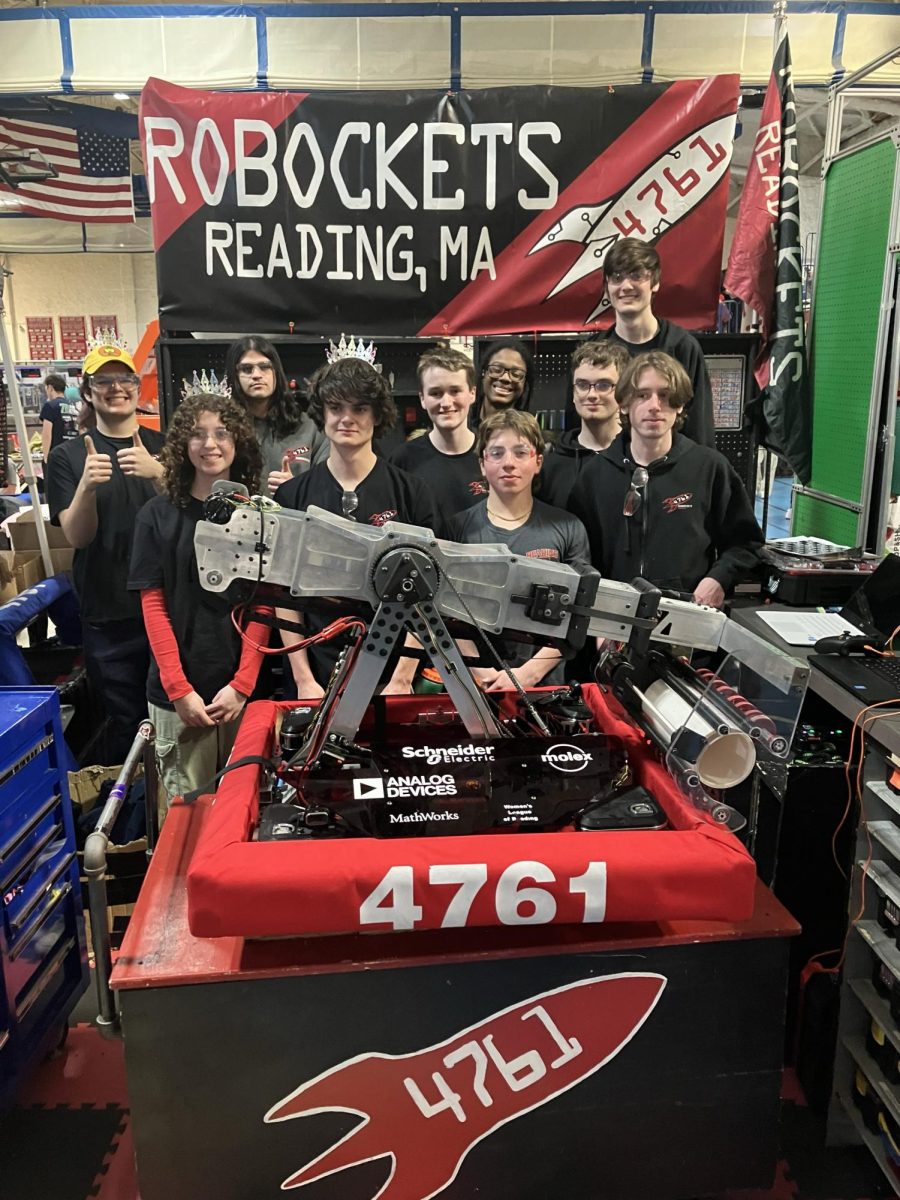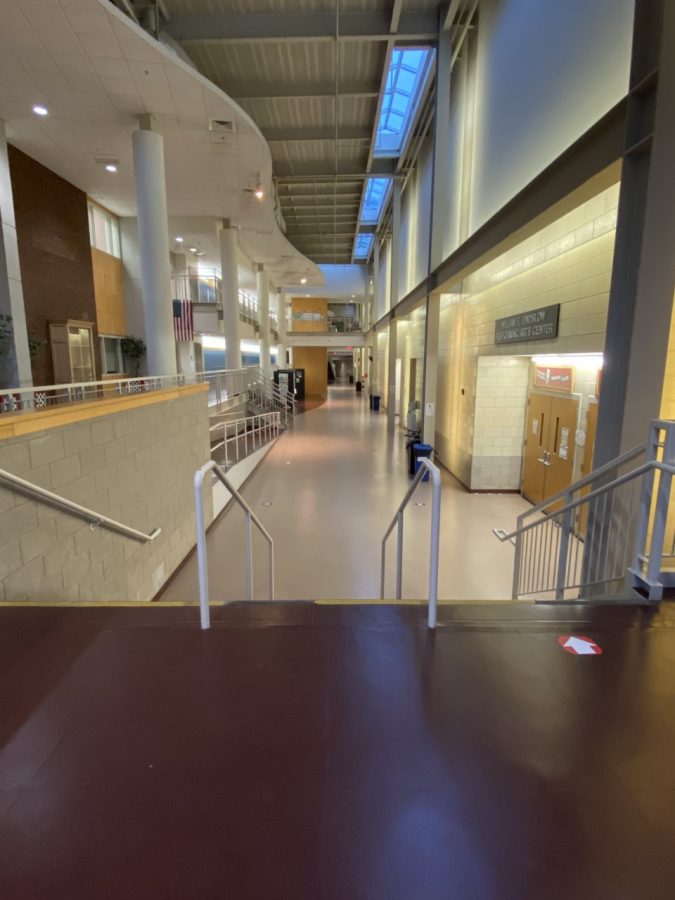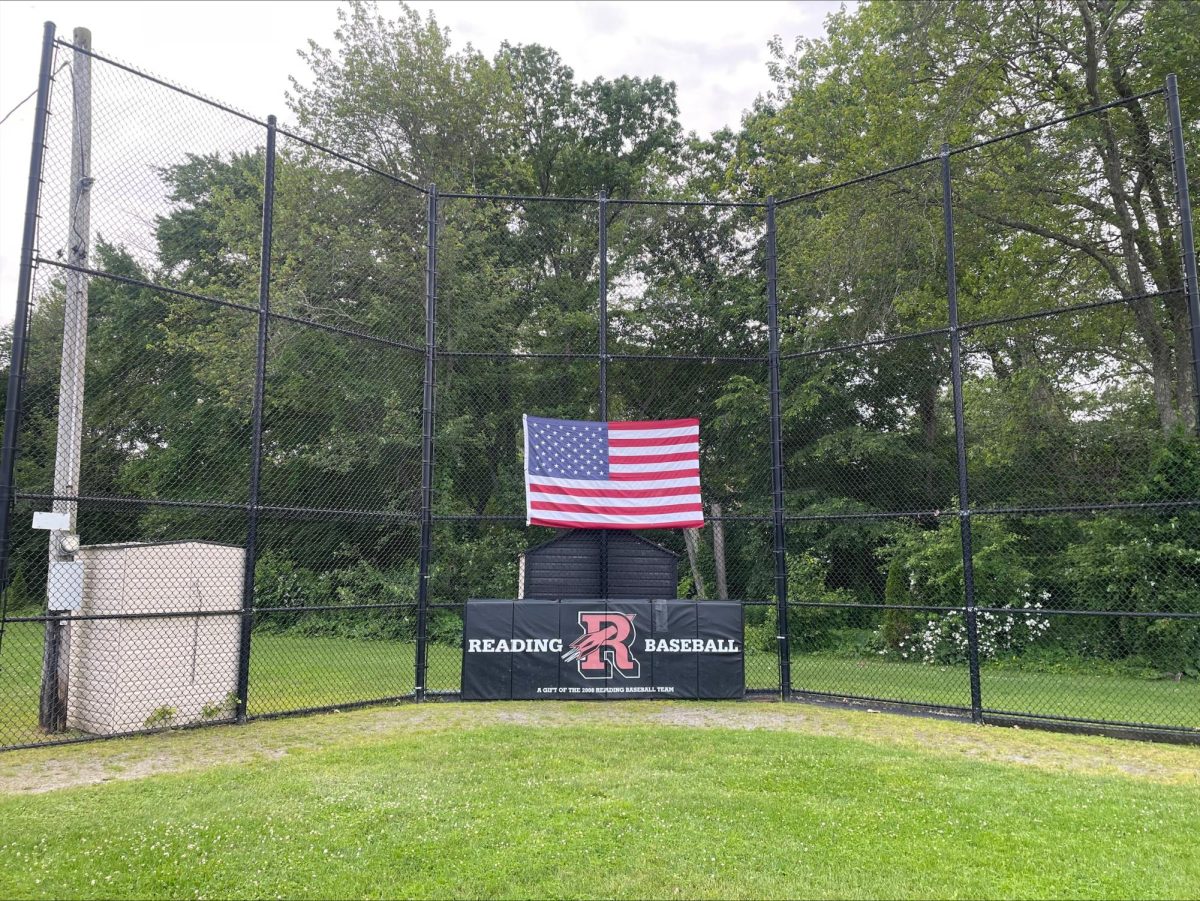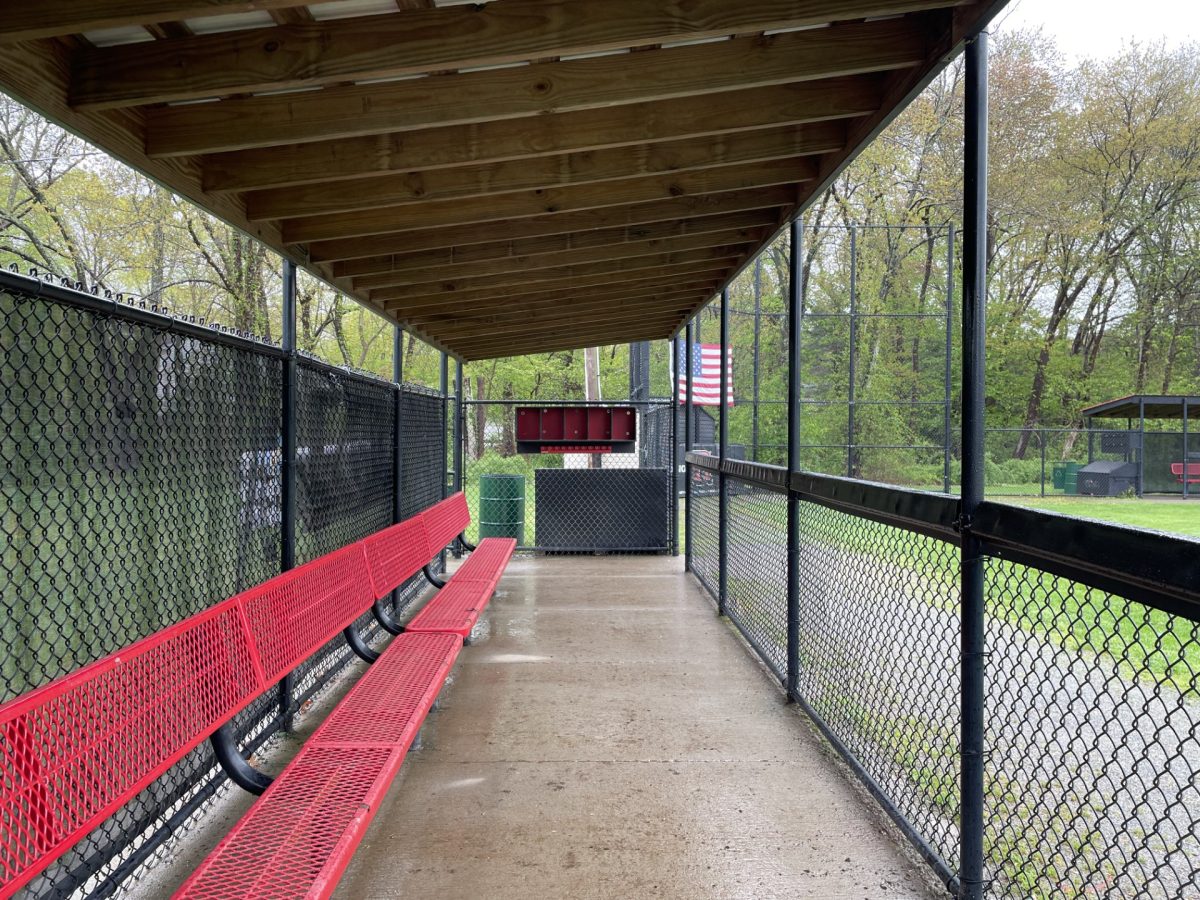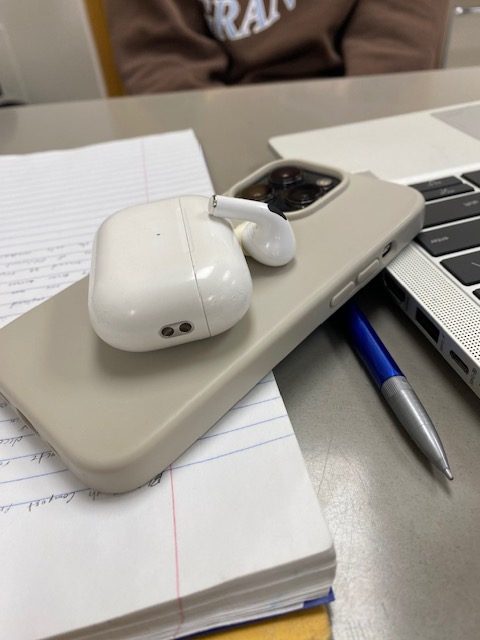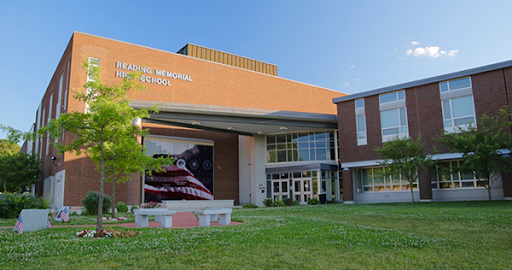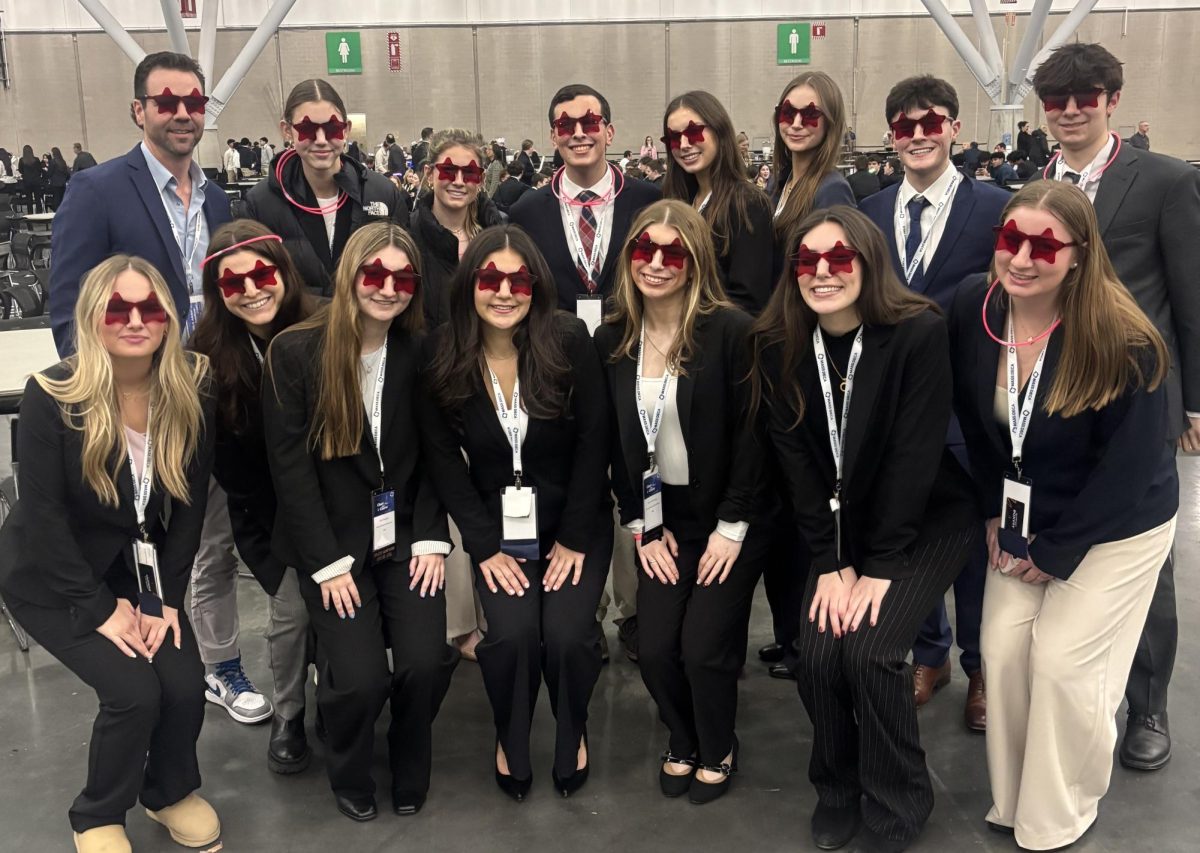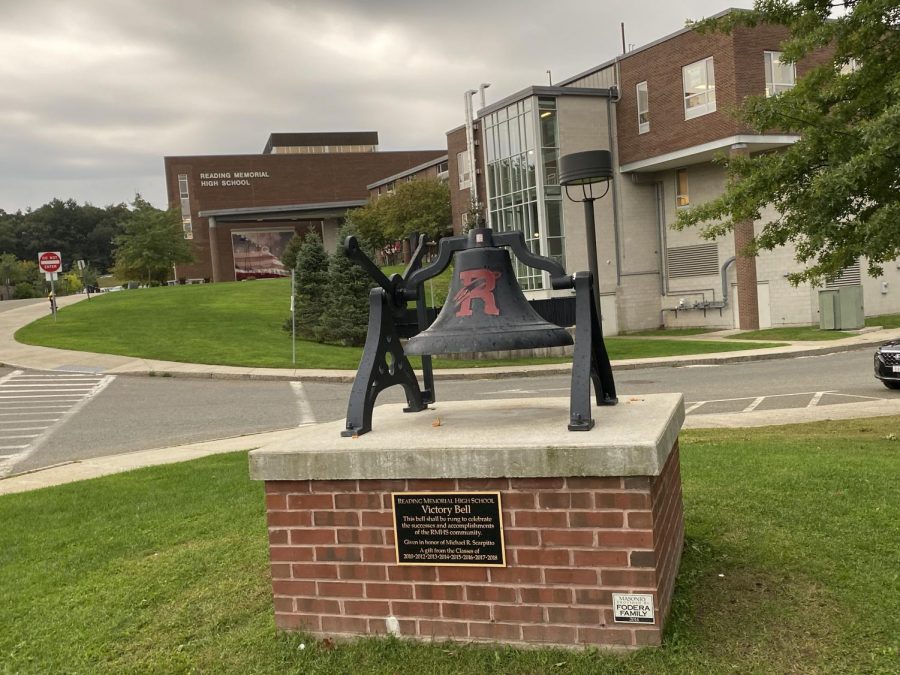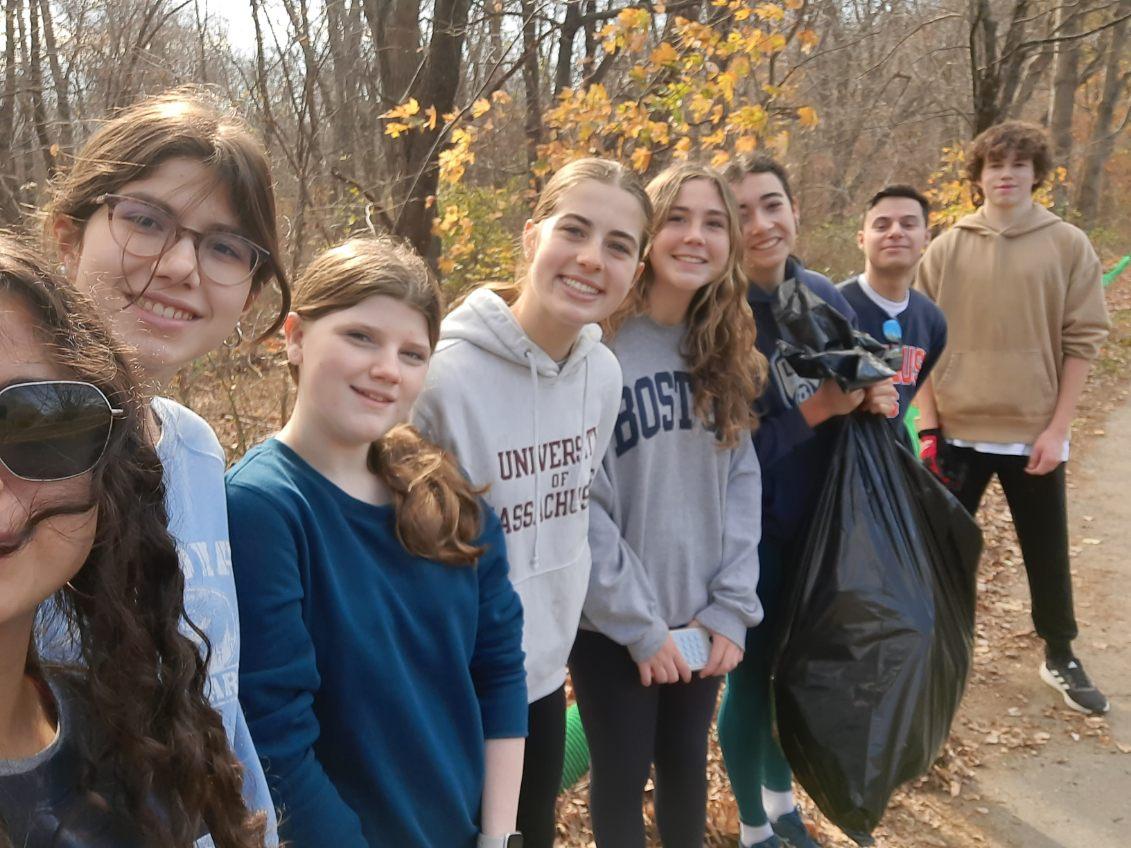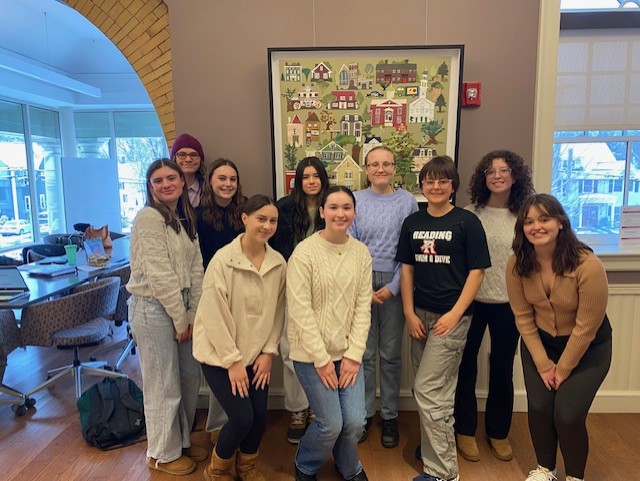The Robockets of RMHS have been tirelessly refining their robot “Pwincess,” all season, and after a tough performance at the Greater Boston Week 2 event, they are now concentrating on preparing for their next competition at the University of New Hampshire during Week 4.
For many, robotics is more than just a hobby. It’s a passion that fuels creativity and teamwork. The organization, For Inspiration and Recognition of Science and Technology (FIRST), founded by Dean Kamen in 1989, has become a worldwide organization that boasts three amazing leagues: First Lego League (FLL), First Tech Challenge (FTC), and First Robotics Competition (FRC).
RMHS’s robotics team, known as the Robockets, has participated in the First Robotics Competition league since its founding in 2013. Mr. Strout, a computer science teacher at RMHS, and Sanat Patel, a member of FIRST, helped establish the team during its rookie season. Both continue to serve as mentors for the team.
From January to May, First Robotics Competition students work tirelessly to design, manufacture, and maintain a robot tailored to a challenge revealed each year. For the 2025 FRC challenge, teams must construct robots to place “coral” pieces, remove “algae” pieces, and ascend to score points in the 2025 FRC game, Reefscape. This fast-paced competition requires engineering skills, strategic thinking, and cooperation.
For the students of Reading Memorial High School’s Team 4761, The Robockets provide an opportunity to work together each night on this exciting project. In the 2025 season, the Robockets are competing in 2 events, being week 2’s Greater Boston, and week 4’s University of New Hampshire event. For the Greater Boston week 2 competition, the Robockets came into the competition with high hopes. “We still needed some work on the robot, but I think it was looking pretty good,” lead mentor Mr. Strout claimed.
Unfortunately, during the competition, a combination of mechanical issues and programming errors left the team near the bottom of the leaderboard as they entered day two. However, on the second day, with the mechanical problems addressed, the team began to find their rhythm and significantly improved their performance throughout the final matches. Unfortunately, despite these improvements, the team was not selected for the playoffs, finishing the day in 36th place out of the 38 teams with a record of 3-9.
“Even though we didn’t rank particularly high, I’m still incredibly proud of how we performed. We only had 2 matches where we had major mechanical problems, but in the end were able to put the robot on the field for all 12 matches. There were numerous times where we were the most capable robot on the field. I had at least 25 people come up and ask about our robot because of how unique our design was and it was really cool to see all of the enthusiasm about our robot despite our low rank,” the team’s technical president Josh Boran (’25) explained.
As the team moves closer to week 4’s competition at the University of New Hampshire, the team has been putting hard work into refining the robot and adding modifications. Mr.Strout gave some insight to the modifications included in the two weeks between week 2 and week 4’s competition, “We cleaned up a lot of code and got the LED’s working. Tightened up some things that were loose, we kind of just made sure everything worked the way it would be expected.”
With these design changes, the team enters the final days before the next competition with strong optimism. A successful outcome in this competition could lead the team to the next step in their robotics season, New England First’s District championship, a goal that teams strive for all season. In addition to design modifications, members of the “drive team,” who operate the robot during matches, have been dedicating significant time to practice gameplay on a smaller-scale field. Every member of the team is working tirelessly to prepare for the next event .
